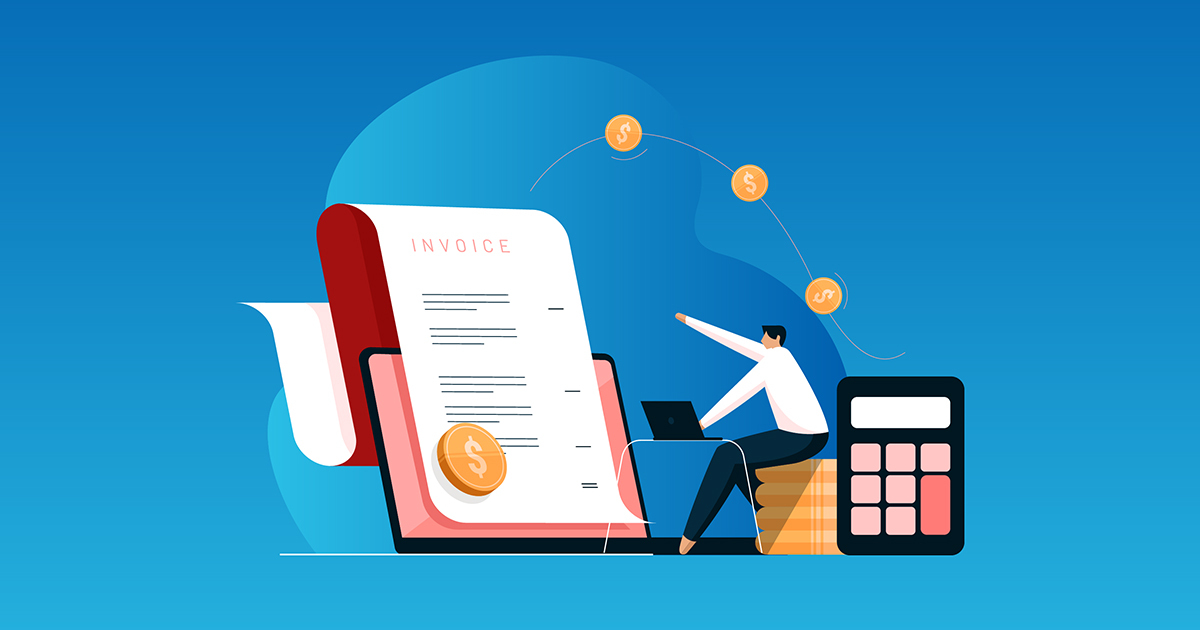Managing expenses is important for maintaining profitability and competitiveness in today’s business landscape. Companies must decide between traditional procurement approaches or implementing spend management strategies to optimize their purchasing processes. However, spend management strategies involve a more comprehensive system for managing costs across the procurement lifecycle.
Spend management software aims to optimize expenses while maintaining quality and minimizing risks. Spend management is a more holistic approach considering the total cost of ownership, including acquisition, management, and disposal of goods and services. It includes various activities, such as supplier selection, contract management, purchase order processing, and payment processing.
This article will guide you through the differences between spend management and traditional procurement approaches and help you decide which solution suits your business. Read on to learn about its benefits, factors to consider when evaluating spend management software.
Difference between spend management and traditional procurement approaches
Spend management software, and traditional procurement are two distinct approaches to managing a company’s purchasing activities. However, there is some overlap between the two and significant differences.
Here are five key differences between spend management and traditional procurement approaches:
- Focus: Traditional procurement focuses on getting the best price for goods and services, while spend management software oversees all spending in an organization. This includes identifying cost-saving opportunities, implementing savings measures, and monitoring spending to stay within budget
- Scope: Traditional procurement is a one-time event to get the best price for a specific purchase. Spend management is an ongoing process that continuously analyzes, and monitors spend data to find cost-saving opportunities and improve efficiency
- Integration: Spend management software is integrated with budgeting and forecasting, while traditional procurement is standalone.
- Metrics: Traditional procurement focuses on saving money on a specific purchase, while spend management aims to reduce overall spending across the organization
- Strategy: Spend management optimizes all aspects of spending, while traditional procurement focuses on obtaining the best price for a specific purchase
Benefits of spend management platform
A spend management platform is a software solution that helps businesses manage their expenses and financial transactions more efficiently. Some of the benefits of using a spend management platform include:
- Better control over spending: A spend management software helps businesses gain visibility into their spending patterns and enables them to control expenses more effectively. With real-time transaction data, businesses can monitor expenses and take correct actions
- Reduced administrative burden: A spend management platform automates manual tasks such as invoice processing and expense approvals, which reduces administrative functions for finance teams. This allows more time for strategic activities like analyzing spending patterns and identifying cost-saving opportunities
- Increased accuracy: A spend management platform reduces the risk of errors and fraud by automating processes and implementing controls. This ensures that all transactions are accurate and comply with company policies
- Cost savings: By providing visibility into spending patterns, a spend management software helps businesses identify areas where they can cut costs. Additionally, by automating processes, the platform reduces the need for manual labor, which can lead to cost savings
- Improved supplier relationships: A spend management platform helps businesses manage their relationships with suppliers more effectively. With real-time transaction data, companies can negotiate better terms with suppliers and ensure timely payments
Factors to consider when evaluating spend management software
By considering the factors mentioned below, organizations can choose a solution that meets their specific needs and helps them effectively manage their spending.
- User Interface and Ease of Use: The software should be user-friendly and easy to navigate, with an intuitive interface that minimizes the learning curve for users
- Integration with other systems: It is essential to ensure that the spend management software can easily integrate with other methods such as accounting, procurement, and inventory management software
- Reporting and Analytics: The software should provide real-time visibility and comprehensive reporting to help users make informed decisions and identify cost-saving opportunities
- Compliance: The software should comply with relevant regulations and industry standards, such as GDPR and PCI-DSS
- Security: The software should have robust security measures to protect sensitive financial data, such as encryption, role-based access control, and data backups
Now that you know the difference between traditional methods and spend management software, choosing between them would be very easy. Spend management software can be an excellent choice for businesses today. EnKash is a spend management platform that provides real-time tracking of spendings and helps ensure timely payments for better cash-flow management. Sign up with EnKash now to create your accounts closing and audits easier with the proper approval and payment proof in real-time.
Lucas Noah, armed with a Bachelor’s degree in Information & Technology, stands as a prominent figure in the realm of tech journalism. Currently holding the position of Senior Admin, Lucas contributes his expertise to two esteemed companies: OceanaExpress LLC and CreativeOutrank LLC. His... Read more
